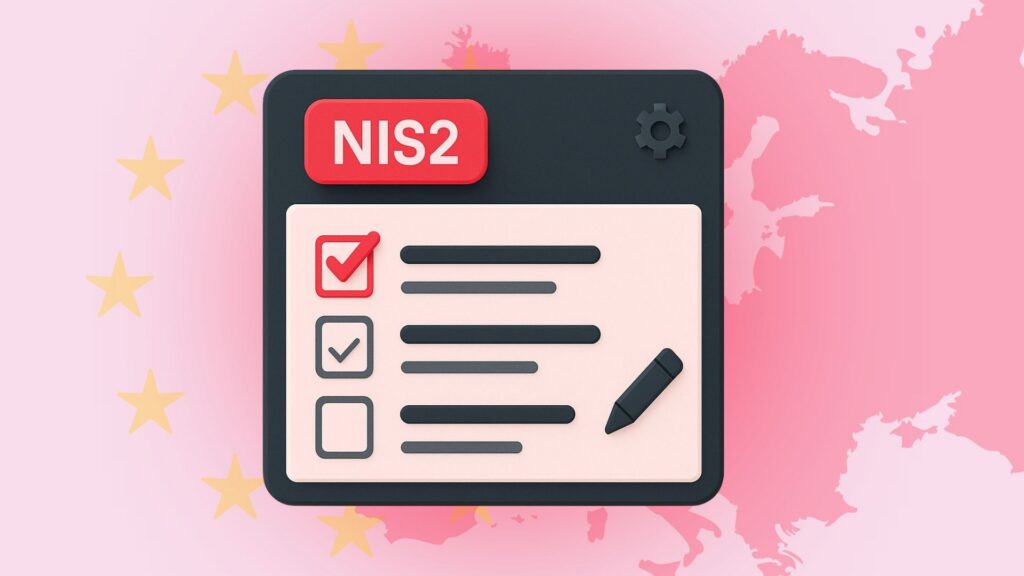Ecommerce has changed.
Compared to what it was only 12-15 years ago, it is a whole new planet – and a better functioning one. And more lucrative.
The present state of affairs benchmarked to that of 2010 shows a massive shift in sales. In 2010 global eCommerce sales amounted to a modest $572 billion. According to Insider Intelligence, in 2021, eCommerce sales reached a soaring $4,9 trillion with a strong tendency for future growth.
But not just sales are shifting. We’re witnessing a massive turnaround in the way online shopping is done – which in turn impacts who gets a larger share of the profits.
If we were to summarise the essence of change through the years in two words, it would be experience and convenience. That of customers, of course. The retailers that appeal to users seem to thrive in the virtual market. Those who don’t, well… are left behind, stuck in principles that just don’t work anymore.
With the above two magic words in mind, here are 5 things that contributed to a massive eCommerce disruption. More importantly, we bring you insights to help your business move in tune with these changes.
#1 Selling abroad is easier and more rewarding
Selling worldwide is not just more profitable. It is decreasingly complicated, year to year, which leaves retailers with less headaches after choosing to go abroad.
Just two decades back, many issues arose from deciding to sell internationally. In many cases, it was simply better to stay within the national boundaries. Aside from comparatively lower global shipping costs back then, which was a plus, we can only really identify issues that made global eCommerce hard. Just to name a few…
- Poor delivery services
- Problems with international returns
- Unpredictable shipping costs
Today, all of these problems and more, seem to have less of an impact. The solutions are more illuminated with clear guidelines. Shipping companies compete to offer the best possible deals. There are calculators and how-tos that just make life easier for anyone trying to reach a wider audience.
If higher profit potential and fewer problems are still not enough to give your global thinking a well-deserved push, maybe these will:
- Controlled demand – playing on global markets, businesses don’t need to rely on seasonal ups and downs. Lack of sales in the local market is well-compensated with global demand. As a result, numbers stay afloat and are less likely to hit the bottom.
- Market diversification – Although penetrating new markets brings uncertainty, it also means new lessons and growth. Managers are forced to embrace new technologies and carefully observe events in new markets. In turn, companies can reapply learned principles to their existing markets and thrive.
- Liquidity with multi-currency – When the rates of domestic currency are down, companies are able to sell more globally- a simple economy. Plus, keeping profits in a currency that’s on the rise makes keeping money just that much sweeter for the balance sheets.

#2 Smartphones!
Speaking of game changers…
Smartphones have revolutionised the way we interact with the world – and do shopping.
In 2002, just around 1 billion people worldwide used cell phones. Today, everyone, and almost their pets, owns a phone. The golden number of 1 billion, in 2022, represents something different – the number of people that use their smartphones to buy online.
But that is just stating the obvious.
Remember the last time you saw a person using the phone while pushing their shopping cart in a store? Well, there is a chance they weren’t only texting their families…
Mobile is not only a tool for purchase. Users tap their phones to research the products they are considering buying – not just online but while looking at shelves in retail. Phones are not just transactional but information-gathering tools.
The key takeaway is simple – you must optimize for mobile.
And not just the online buying experience. The information across all your e-channels should be easily accessible through phones and help customers make a buying decision. Failing to do this is proven to negatively affect your profits. Ignoring it will be your company’s clear-cut collapse mechanism.
Speaking of e-channels…
#3 Not just social media…
… but all the web channels.
Every customer touchpoint carries a tremendous potential to boost sales. This is why it has altered the eCommerce scope as much.
Before social media emerged, brand interaction was one-sided – from brands to customers. The voice of customers was imagined, not heard. Communication was limited to advertising on traditional marketing channels such as TV, radio, and newspapers. Some “digitally advanced” brands even embraced the idea of having a website, email, eBay, Etsy, and likes.
Today though, brand-customer interaction is mutual. The digital channels became far more multifaceted, efficient, and vast in numbers. Aspects that changed the most are:
- Data – you know a lot more about the customers and their behaviour.
- Versatility – brands don’t just advertise through social media. They sell directly and talk to an audience.
- Advertising – e.g. ads can be narrowed down to your existing buyers.
- Exposure – brands are closer to an audience, and get higher engagement and reach.
For these reasons, social media influences 71% of online buying decisions. It allows companies to interact with the audience in different phases of their customer journey.
Costumers need justifications and reassurances, and an all-around marketing presence can help them choose your brand, not the others. Basically, the cross-channel approach to e-commerce allows companies to sell when they are supposed to, and serve more information when customers are considering buying.
#4 Almost no data vs. optimising for conversion
The early 2000s were in the dark. Data was as rare as snake bites are in the Netherlands. And even when there was any data, most companies didn’t know what to do with it.
In 2000, a team of researchers from NetGenesis interviewed 20 managers from leading e-business companies to find out anything about the use of metrics at the time. It led to an important finding that back then companies couldn’t take action from the data at hand.
Today the story is a bit different. Some e-businesses thrive thanks to data. However, some still reside in the shadows. Lack of time, knowledge and resources, and “focus on core business objectives” still make data interpretation challenging.
For most businesses, success starts with tracking conversion rates. The next level for most is measuring a North Star Metric. According to CXL, a leading marketing institute in the world, the best-performing companies track their progress in five areas:
- Growth efficiency
- Customer acquisition
- Customer action
- Usage
- User experience
The lesson to be learned is this – revenue hits the wall pretty soon when managers rely on guts. In contrast, it grows when the company aligns all efforts to increase the key performance indicator (KPI).
#5 Let us introduce you to… Millennials.
20 years back, Generation X held the most buying power – and millennials were still dreaming of buying T-shirts in their adolescent states. Millennials today make up about 23% of the global population. On average, 60% of their buying is done online.
So, the world’s largest population is largely buying online. If you haven’t yet shifted your gears to fit their speed, you should. Now.
The main question is – what are their buying tendencies and how to adapt to them?
Well, first… remember the mobile? They use it, a lot. As we said, optimize for mobile.
Second, Millennial shoppers rely heavily on ratings before they buy. 99% read reviews before buying online and as much as 63% do the same in-store. Therefore, make sure you display reviews and collect as many – better you than just third-party websites.
Third, millennials are not as generous in writing reviews as they are devoted to reading. To get them to write reviews make sure you give them the best possible shopping experience. Ask for reviews in more than one place, and do so within 4 days after they receive your product.
Finally, they appreciate a friction-free shopping experience. Not as much as Gen Z does, but it’s still important. Consider them fairly tolerant, but not forgiving towards the slack and constant lack of improvements.
Final words
Shifts in eCommerce are massive. It’s obvious.
However, shifts in your business to keep up with the changes don’t need to be as drastic.
A simple switch in mindset and getting help from professionals can do the trick. The fruits of this will be evident in no time and will be super rewarding.
If you’re not keeping up with trends, better start as soon as possible. E-commerce shows zero signs that it will stop growing in the next few decades. Your company should too.
Similar insights

How to Pitch and Get Your Ideas Approved at Work
12/11/2025
12 AI Cyberattacks That Made CEOs Very Cautious
21/10/2025
14 Books Smart Tech Leaders Are Reading This Fall
07/10/2025
Protect Your Crown Jewels: The Heart of Your Cybersecurity
15/09/2025
How Renown Business Executives are Using AI?
12/08/2025
Think You’re Secure? PEN Testing Will Tell You
15/05/2025
NIS2 Compliance: A Simple Guide to Get It Done Right
15/05/2025
NIS2 Directive Explained: What Your Business Needs to Do Now
29/04/2025
Net Group Expands into Germany and Acquires Cybersecurity Company
04/04/2025
Let the success
journey begin
Our goal is to help take your organization to new heights of success through innovative digital solutions. Let us work together to turn your dreams into reality.